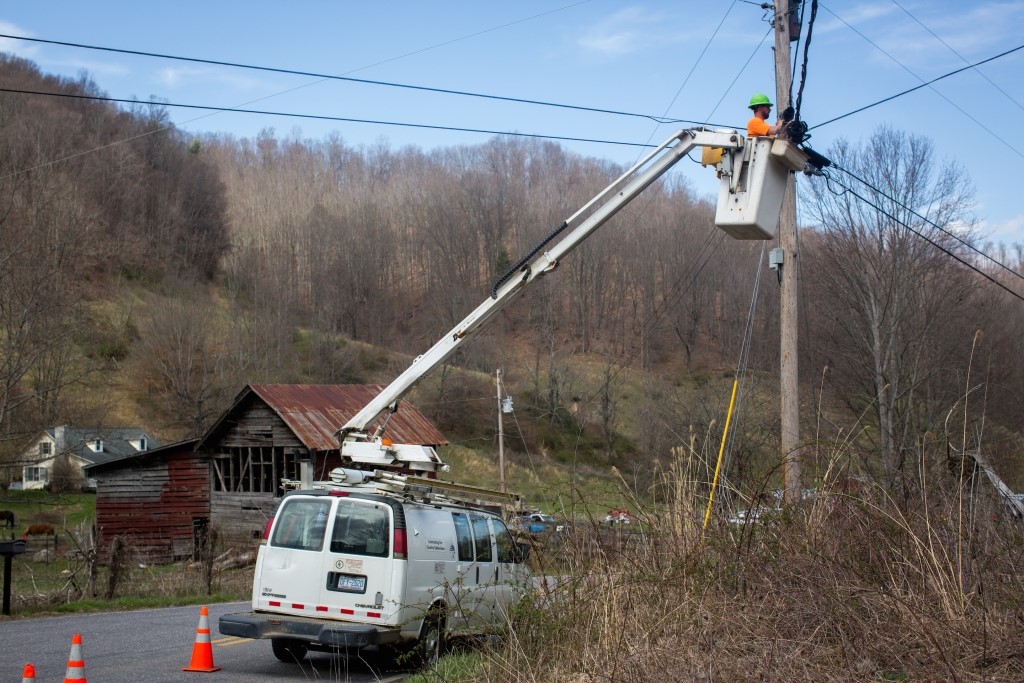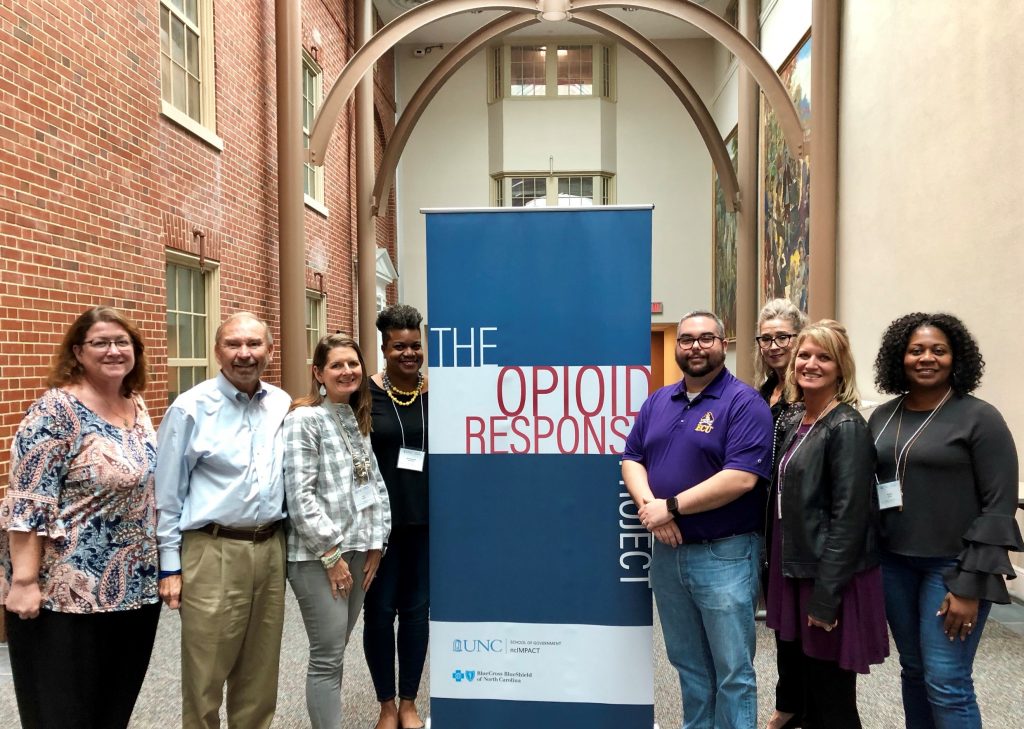Facts That Matter Blog
Facts That Matter Blog

Rural Broadband – Yancey and Mitchell Counties
A $25.3 million Community Connect Grant from the USDA’s Rural Utilities Service in 2010 made it possible for a collaborative partnership between the counties and Country Cablevision to install fiber optic cables in Mitchell and Yancey Counties. Mitchell and Yancey Counties now have over 97% of homes and businesses connected to high-speed fiber optic broadband, with speeds up to 100 megabits per second for homes and 1 gigabyte per second for businesses. These are some of the fastest speeds in the state, competing with metro areas like Charlotte and Raleigh.
+ Continue Reading Article
Affordable Teacher Housing – Dare County
Since teacher pay in North Carolina is generally based on years of experience, many monetary incentives for teacher recruitment and retention are not particularly effective or sustainable. Therefore, other types of incentives, like affordable housing guarantees, can be a tool for school systems that struggle with turnover and/or local housing affordability.
+ Continue Reading Article
Overcoming Health Disparities – Edgecombe County
Health outcomes vary by racial and ethnic background in North Carolina. Length and quality of life are worse for Native Americans and African Americans. Racial disparities begin early, as African American babies are more than twice as likely to die during childbirth than white or Hispanic babies in North Carolina. Additionally, a Black woman in North Carolina is three times more likely to die from childbirth than a white woman.
+ Continue Reading Article
Responding to Energy Poverty – Halifax and Northampton Counties
…most cost-effective ways to reduce a household’s energy burden. Weatherizing a home can make it more efficient, lowering energy costs as well as mitigating the health impacts of energy inefficient…
+ Continue Reading Article
Collateral Consequences of the Criminal Justice System – Durham
More than 1.6 million people in North Carolina have a criminal record. A misdemeanor or felony conviction of a crime may have far-reaching consequences, both criminal and civil. When a person is convicted of a crime, the sentence imposed by the judge contains the criminal consequences, which may include imprisonment, probation, fines, and other punishments. Additional consequences, often called civil or collateral consequences, also occur because of a conviction, but they are separate from the criminal sentence—they may arise automatically from the conviction and not be specifically imposed or even mentioned at sentencing in the criminal case.
+ Continue Reading Article
Team Spotlight: 8th Judicial District Opioid Crisis Team
After a 2011 decision by the state of North Carolina to remove funding for drug court programs, communities and courts like North Carolina’s 8th Judicial District began collaborating to find another way. Advocates like Chief District Judge Elizabeth Heath were determined to keep drug courts open to help low-level offenders addicted to drugs receive treatment and avoid prison while on probation. “We began seeing an increase in use of opioids, heroin and meth around that time,” said Heath. “The commissioners and health departments from our three-county district immediately began looking at ways to collaborate and deal with the growing crisis.”
+ Continue Reading Article
Pretrial Reform – Haywood & Jackson Counties
Although our incarceration rate per capita has declined since its peak in 2008, the United States still incarcerates more of its residents than any other nation. North Carolina’s prison population, for example, more than doubled between 1980 and 2016, and is projected to exceed capacity by 2025.
+ Continue Reading Article
Building Integrated Communities—Sanford
Immigrants represent an important segment of North Carolina residents, making up about 8% of the population, about 12% of self-employed business owners, and accounting for over $14 billion in spending power. The population of immigrants with limited English proficiency (LEP) represents 9 percent of the nation’s population. North Carolina experienced the second-greatest LEP population growth in the U.S. from 1990-2010.
+ Continue Reading Article
Transitioning Veterans to the Civilian Workforce – Craven County
North Carolina has the fourth-largest active duty military presence nationally at 778,000 and the eighth-largest veteran population at over 683,000. However, according to a recent study by Wallethub, North Carolina currently ranks 21st in the nation for “ability to provide a comfortable military retirement’. Craven Community College is recognized as a leader in helping veterans transition to the civilian workforce via their Veteran Transition and Preparatory Training Program (VTPT).
+ Continue Reading Article
Treatment for Pregnant Women with Opioid Use Disorder—Cabarrus County
In 2017, the U.S. Department of Health and Human Services declared the opioid epidemic to be a public health emergency. More than 13,000 North Carolinians died of unintentional opioid-involved poisoning deaths from 1999 to 2017. Opioid use disorder affects populations all across North Carolina, including pregnant mothers. Mothers using opioids during pregnancy can result in a variety of birth defects, miscarriage, and Neonatal Abstinence Syndrome (NAS), preterm birth.
+ Continue Reading ArticleSearch ncIMPACT content by county
Use the arrows below to search by county map or county list
